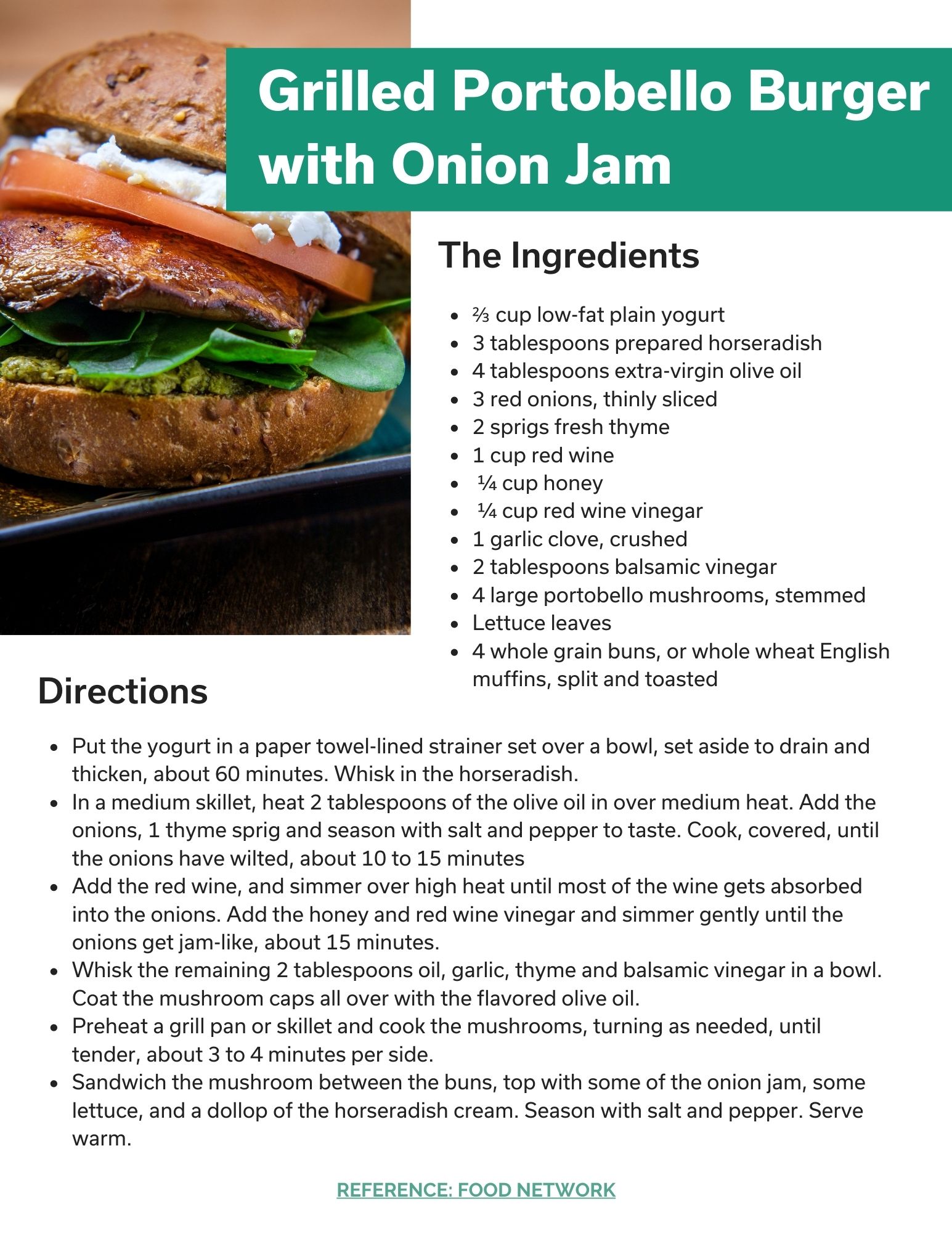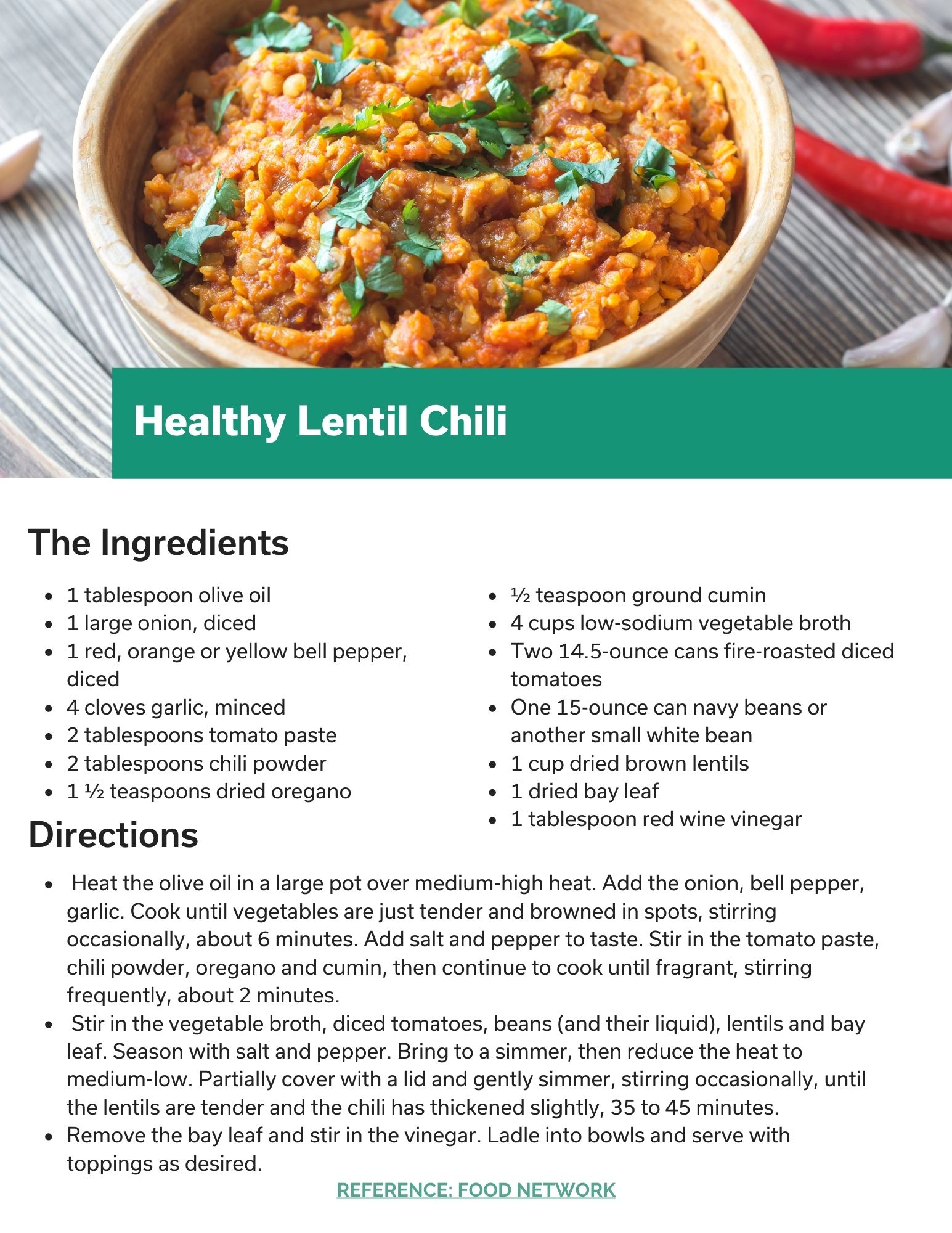What Is the Flexitarian Diet?
Posted in

Whether it’s Keto, Whole30 or the Paleo diet, 17.1 percent of U.S. adults aged 20 and over were on a special diet, according to a CDC study. Diets are always evolving, and various dieting lifestyles continue to enter the fray.
The flexitarian diet is one of the more recent trendy diets to pick up interest, largely in part due to a movement toward plant-based foods compared to the traditional meat options. We share information on how this diet works, why you can benefit from it and some recipes to try at home. Please consult your primary care physician before making diet changes.
What is a flexitarian?
The name says it all, combining vegetarian with flexible. The flexitarian diet isn’t restrictive when it comes to eating animal products. There are no hard and fast rules, and you won’t be counting calories. It’s more inclusive than it is restrictive. But, in general, flexitarians are more aligned with vegetarian practices while occasionally eating animal products or doing so with small portions.
The term flexitarian is a little more than a decade old and is relatively new on the healthy eating scene. Registered dietitian Dawn Jackson Blatner came up with the phrase in 2009 when writing a book about a “mostly vegetarian way” to lose weight and be healthier.
Flexitarians get most of their protein from plants instead of animals. That means loading up on fresh fruits and vegetables, legumes, nuts and whole grains. Some even refer to it as semi-vegetarian, while others may call themselves flexitarians if they’re looking to cut back on animal products.
A flexitarian shouldn’t be confused with a pescatarian or vegans. Pescatarians eat fish but don’t consume any meat or dairy products. Vegans have more concrete rules and don’t eat any animal products, including fish.
Since there aren’t many restrictions, being a flexitarian is more of a life choice than it is an actual diet. For example, vegans miss out on nutrients such as vitamin D and calcium since they don’t eat dairy. Therefore, they must be diligent about eating dark green vegetables high in these nutrients. A flexitarian, on the other hand, can still receive calcium from various milk options and reduced fat cheeses and yogurt.
Benefits of eating plant-based proteins
What generally comes to mind when you think of eating a lot of protein? Steak, chicken, fish or pork, right? While your go-to may be to turn to animals for protein, the plants that produce such foods as beans, lentils, vegetables and whole grains all contain good sources of protein. They also carry two important benefits: they’re less expensive than animal proteins and are full of nutrients without any unnecessary saturated fats.
Grains often get a bad rap for being high in carbohydrates, but whole grains such as quinoa, wild rice or whole wheat pasta also contain a good source of protein. The same goes for legumes. A cup of black beans has 14 grams of protein with minimal fat. Likewise, a cup of lentils has 18 grams of protein, or more than a third of the recommended protein amount you should eat per day.
By comparison, a four-ounce portion of sirloin steak — considered one of the leanest cuts of steak — contains 27 grams of protein and 6 grams of saturated fat. Six grams of saturated fat may not seem like much, but it accounts for 30 percent of the daily recommended value.
In plant-based foods that do contain higher amounts of fat, those fats — monounsaturated and polyunsaturated — are healthier than animal fats. That’s why the Dietary Guidelines for Americans (DGA) suggest limiting solid fats in favor of seafood and other plant-based fats, a lifestyle that could help reduce inflammation.
Foods with solid fats tend to be nutrient dense, meaning they offer few vitamins and minerals and are instead loaded with fat, sodium and added sugars — all things that can lead to heart disease, diabetes and obesity. Think desserts and fast food! The DGA also suggests limiting saturated fat to 10 percent of your total daily caloric intake, although 70 to 75 percent of adults exceed this limit.
Flexitarian meal plan
If you’ve never tried the flexitarian diet, the Cleveland Clinic recommends taking a three-step approach to make the transition easier to fewer animal foods and more plant-based foods. When you start, pick at least two days a week where you don’t eat meat. Keep your consumption to 28 ounces a week, or about 5 ounces of meat per day.
Once your body adjusts, limit the days you eat meat to three or four and keep your consumption to 18 ounces a week. In the final step, eat a vegetarian diet five days a week and keep your meat consumption to 9 ounces on the two days you eat meat.
Foods to eat on a flexitarian diet
Just as being a vegetarian doesn’t mean you eat plain salad for living, a flexitarian lifestyle doesn’t mean you have to eat boring food.
When planning meals, focus on protein-packed foods such as tofu, legumes and lentils. Then incorporate non-starchy vegetables such as leafy greens, bell peppers, broccoli, cauliflower and Brussels sprouts.
When you eat animal protein, keep the serving sizes small and choose lean, properly-sourced options. As a good rule of thumb, look for organic, free-range, pasture-raised or grass-fed on the label. Vegetables and whole grains should make up the majority of your plate.
For snacks, choose healthy fats from nuts or seeds. Almonds, walnuts and cashews carry protein and other nutrients, just be mindful not to consume too many. Flaxseeds and chia seeds also contain a balanced set of nutrients that can be added to smoothies or breakfast bowls.
And if you’re trying to move away from dairy, try out many of the plant-based milk alternatives on the market. Almond milk, oat milk and soy milk all provide nutrients without dairy. Recently, more grocery stores began carrying banana milk and hemp milk.
Even when limiting animal proteins as part of a flexitarian lifestyle, it’s still easy to become sidetracked and make unhealthy choices. As with any diet or healthy lifestyle, try to remove or limit your consumption of processed foods, refined carbohydrates and added sugars.
Depending on your meal choices, you may miss out on some nutrients when moving away from animal products. Many animal-based proteins have zinc, iron, calcium, vitamin B12 and omega fatty acids (both omega 3 and omega 6). Plant-based proteins can help you recoup some of these lost nutrients, but you may still need dietary supplements to reach the recommended daily values. Talk to your primary care physician should you need additional guidance.
Flexitarian diet recipes
Many recipes require simple modifications such as substituting more vegetables in place of beef or chicken. In these recipes, we used mushrooms as ground beef in a hamburger and lentils to replace meat traditionally found in chili.
Grilled Portobello Burger with Onion Jam
Burgers taste great, but they’re loaded with saturated fat from the beef and cheese. Much like the meatball recipe, the hearty portobello mushroom mimics the rich, beef flavor in a typical burger. Plus, onion jam is good on just about anything — if you like onions, that is. The horseradish cream offers a contrast to the savory jam.
(click here to download recipe pdf)
Healthy Lentil Chili
Most people think of chili as a hearty, fulfilling and comforting meal full of ground beef and beans. This version swaps beef for lentils to serve as both a source of protein and dietary fiber. The fiber will help you feel full, and you won’t lose the hearty nature as this recipe contains navy beans.
(click here to download recipe pdf)
If you’re considering starting the flexitarian diet, contact your primary care physician or consult with an INTEGRIS Health dietician for tips and suggestions.





